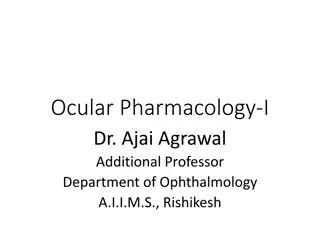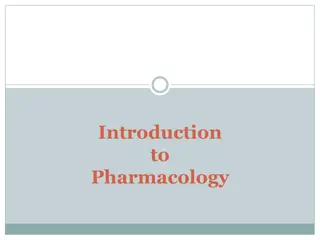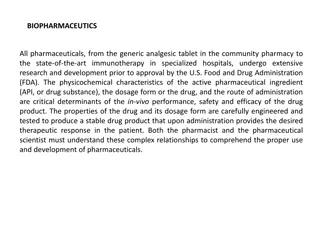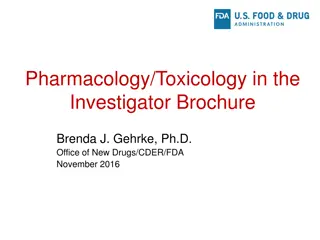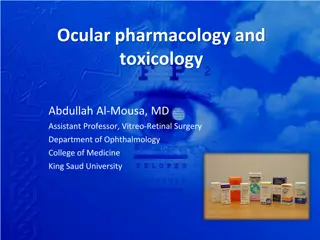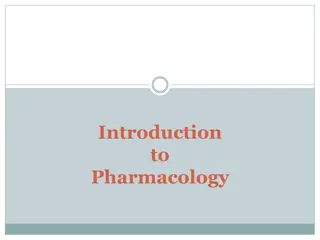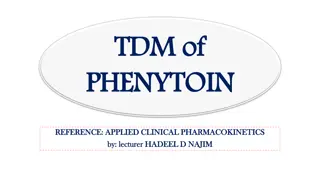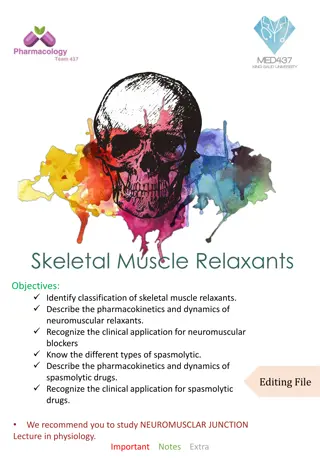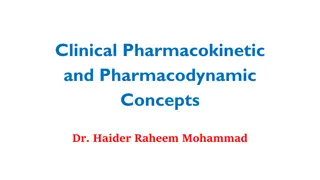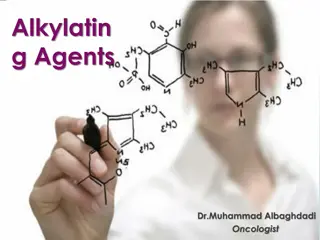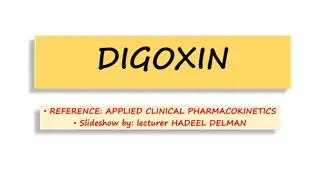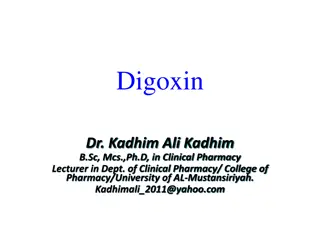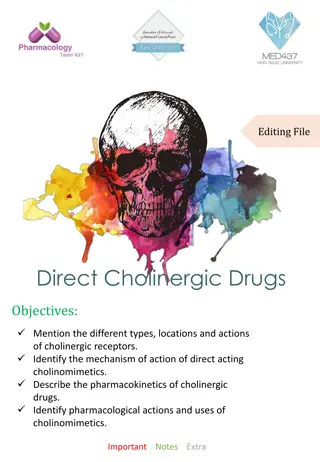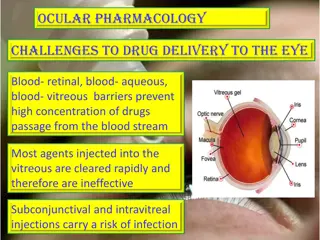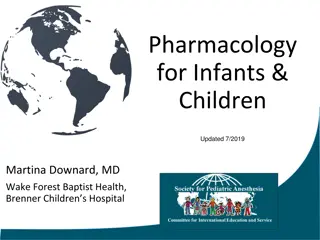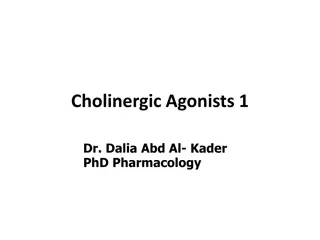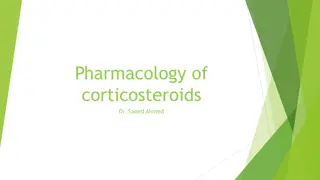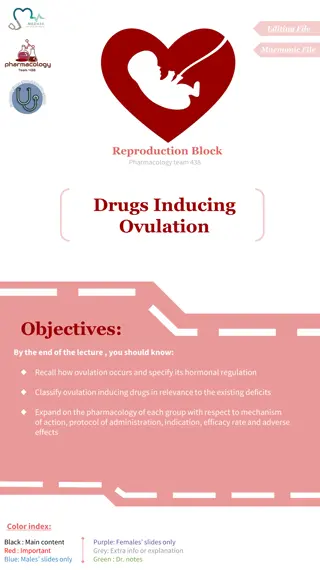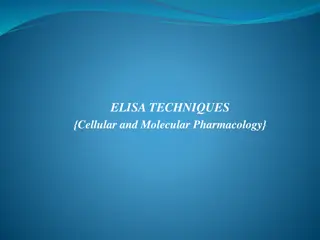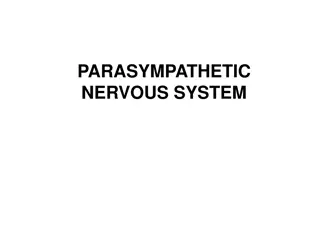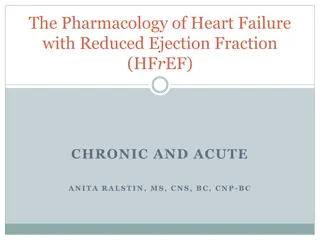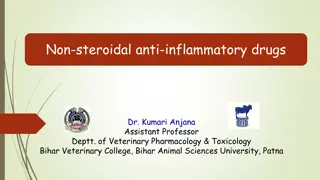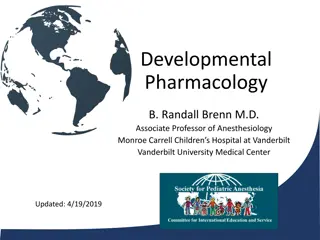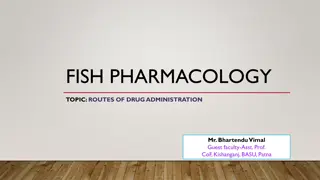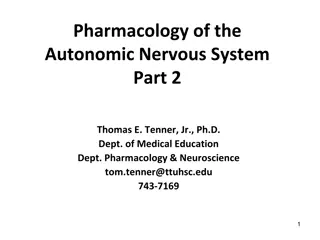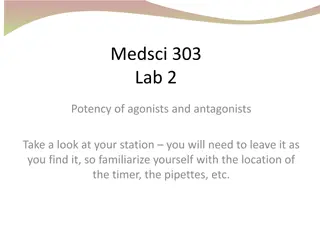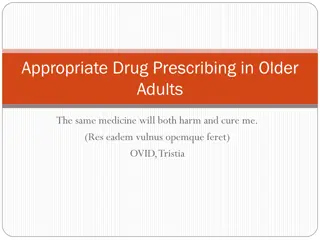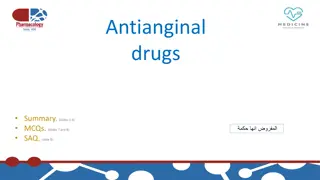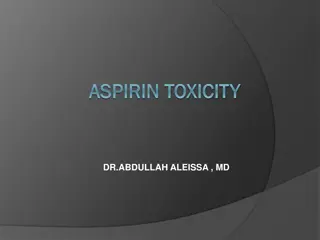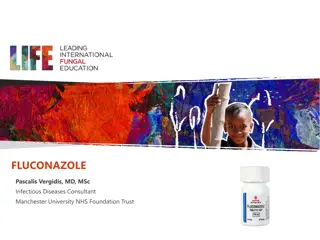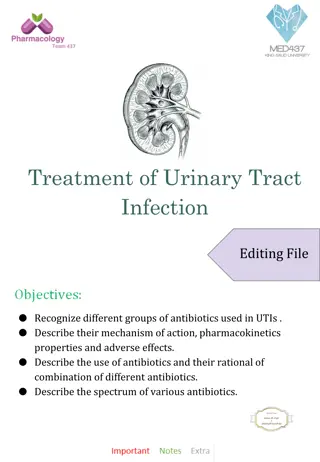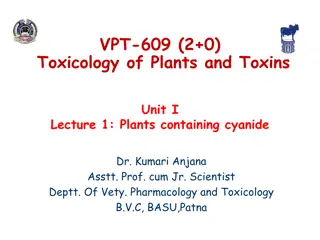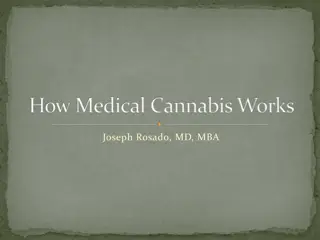Understanding ADME in Pharmacokinetics and Pharmacology
Pharmacokinetics and pharmacology, focused on ADME processes, play a crucial role in drug development and delivery. Absorption, distribution, metabolism, and excretion determine how drugs interact within the body. Absorption involves transfer into the bloodstream, while distribution entails the spread throughout the body. Metabolism involves chemical alteration in the body, and excretion eliminates the drug. Understanding these processes aids in optimizing drug efficacy and safety.
Download Presentation

Please find below an Image/Link to download the presentation.
The content on the website is provided AS IS for your information and personal use only. It may not be sold, licensed, or shared on other websites without obtaining consent from the author. Download presentation by click this link. If you encounter any issues during the download, it is possible that the publisher has removed the file from their server.
E N D
Presentation Transcript
ADME A.Fasila Begum Assistant Professor Department of Microbiology Jamal Mohamed College Trichy
Introduction ADME Pharmacokinetics and pharmacology for Absorption, Distribution, Metabolism and Excretion. PK Movement of drug molecules through a various physiological compartments. Determine the processes of drug delivery (in) and removal (out) from the body. Important concept that describes potential impact of drug with in the living system. Movement and metabolism of molecules is determined by the physiochemical properties of the molecules as well as host system.
Absorption Transfer of drug from its site of administration to the blood stream. There are four main routes of exposure: Inhalation through the respiratory system Dermal through skin or eye contact Ingestion through gastrointestinal system Injection Absorption determines the compound bioavailability. Route of administration is more important consideration of drug delivery.
Drug administration Enteral routes: Sublingual Oral Rectal Parenteral routes: Intravenous Intra-arterial Intrathecal Intramuscular Subcutaneous Inhalation Topical application
Distribution Once drug is absorbed in to the blood stream and it has to be carried throughout the body. Distribution is much more rapid then elimination and is accomplished via the circulation and is influenced by regional blood flow. The delivery of a drug from the bloodstream to the site of drug action primarily depends on blood flow, capillary permeability, the degree of binding (attachment) of the drug to blood and tissue proteins, and the relative lipid-solubility of the drug molecule. Volume of distribution is defined as the volume that would accommodate all drugs in the body, if the concentration was the same in plasma.
Distribution of drug is not uniform throughout the body because different tissues receive the drug from plasma at different rates and to different extents. Pharmacological action of drug depends upon its concentration at the site of action distribution plays a significant role in onset, intensity and duration of action. Factors affecting distribution Tissue affinity pH Blood flow Physiochemical property of drug Plasma binding protein
Metabolism (Biotransformation) Chemical alteration of drug in the body. Converts non-polar lipid soluble compound to polar lipid insoluble compounds to avoid reabsorption in renal tubes. Biotransformation is a specific term used for the chemical transformation of drugs in the living organisms. Two phases of biotransformation Phase I Nonsynthetic metabolism Oxidation, reduction, hydrolysis, cyclisation and decyclisation.
Phase II Synthetic metabolism Conjugation of drug or it phase I metabolites endogenous substrate. Glucoronide conjugation, acetylation, methylation, sulfate glycine conjugation and nucleotide synthesis. Factors affecting biotransformation: with an conjugation, Concurrent use of drug Genetic polymorphism Pollutant exposure from environment or industry Pathological status Age
Excretion Transport procedure which the prototype drug or other metabolic products are excreted through excretory organ. Hydrophilic compounds can be easily excreted. Routes of drug excretion is: Kidney Biliary excretion Sweat and saliva Exhaled air Kidney is the most important organ for the excretion of drug and other metabolites. Some compounds are also excreted via bile, sweat, saliva and exhaled air.
Drug excretion involves the followin processes: Renal glomerular filteration Renal tubular secretion Renal tubular reabsorption Biliary excretion



